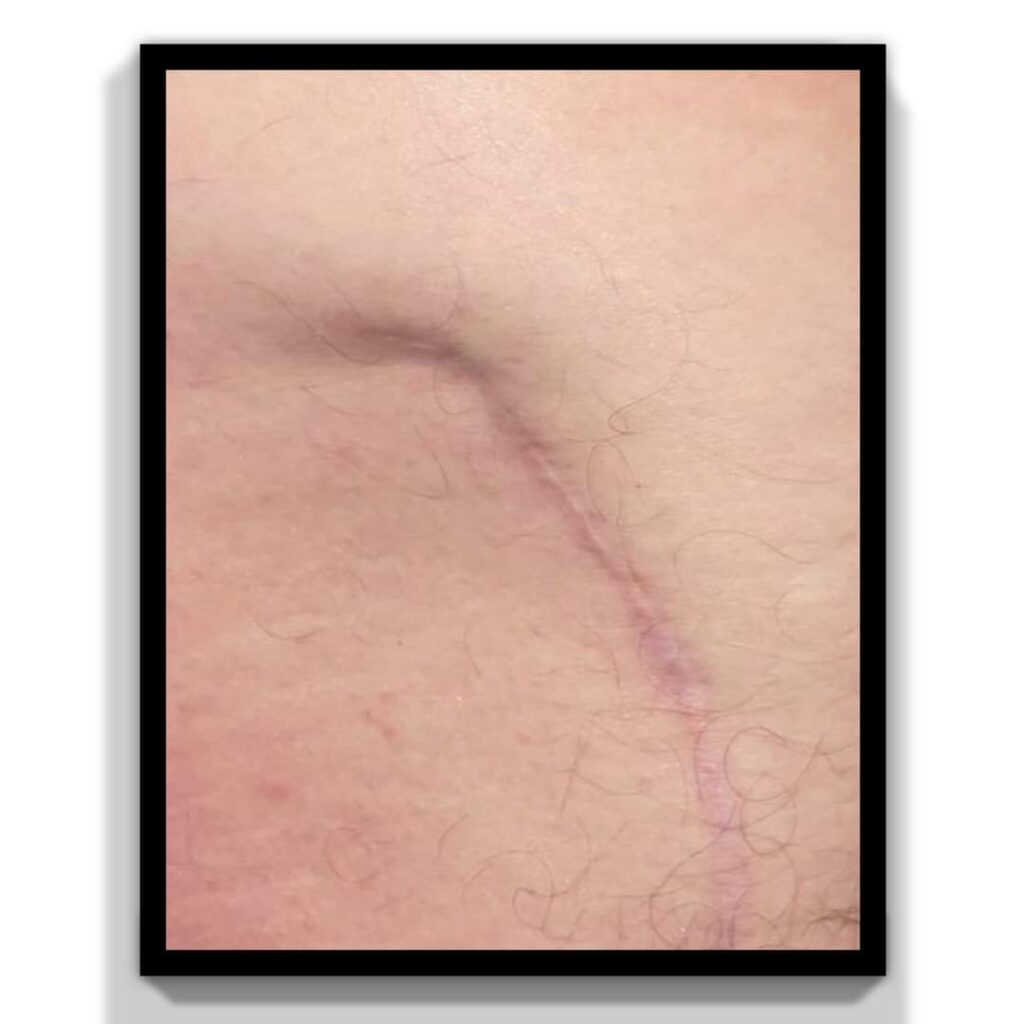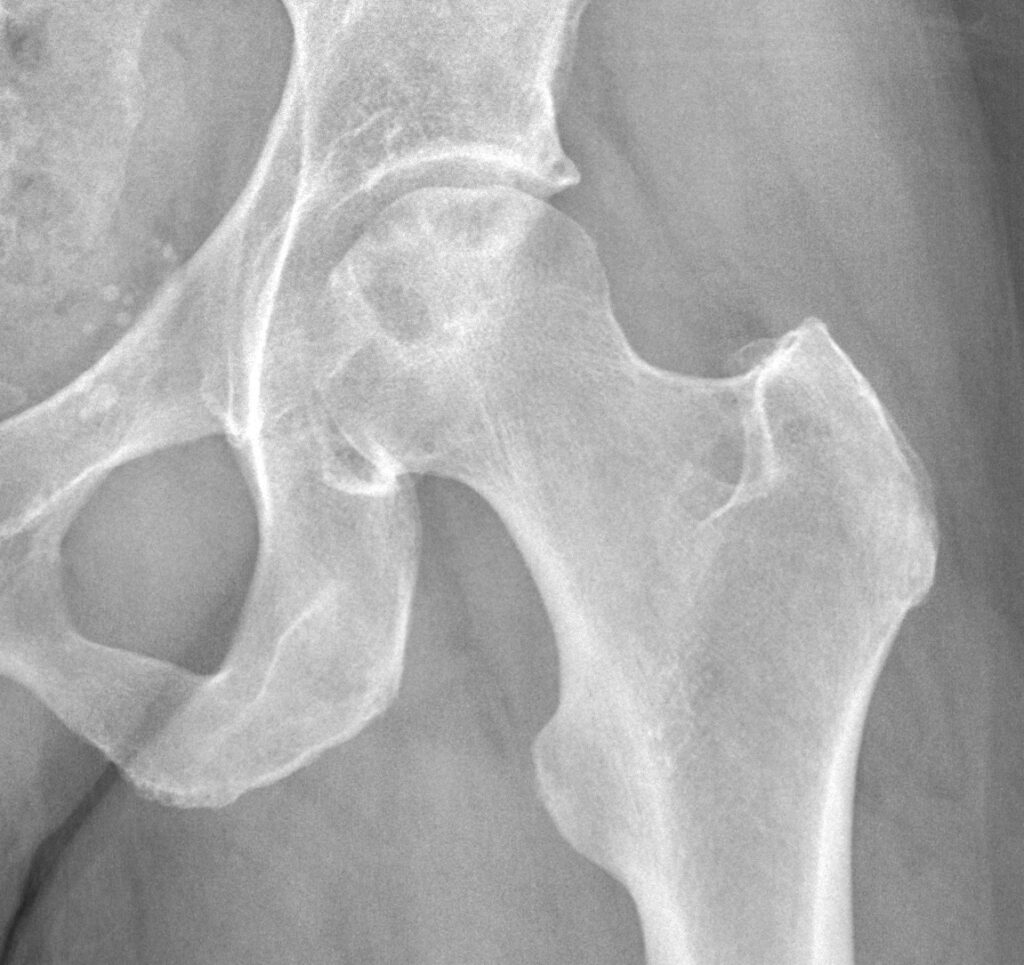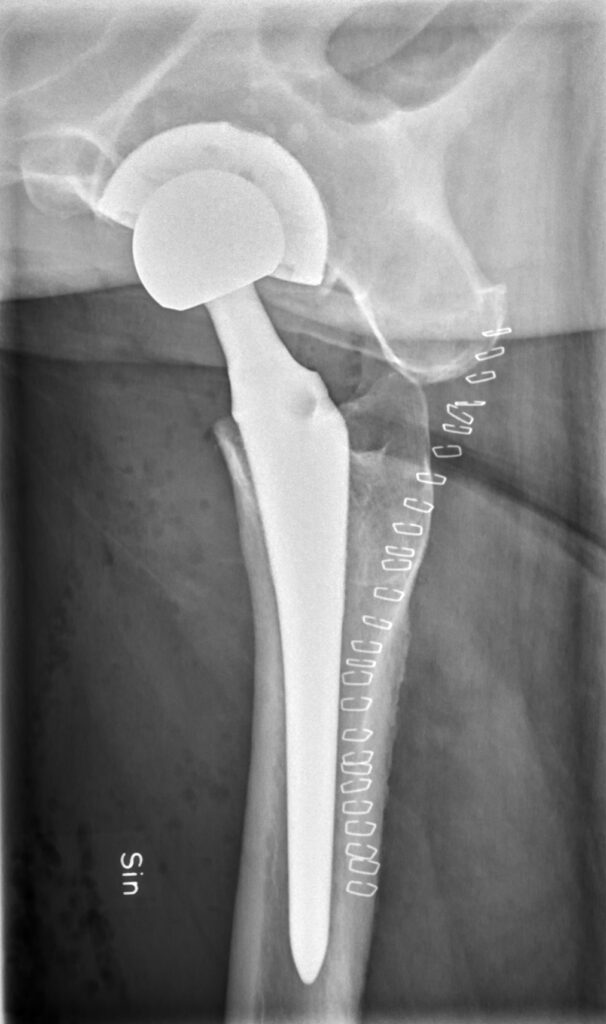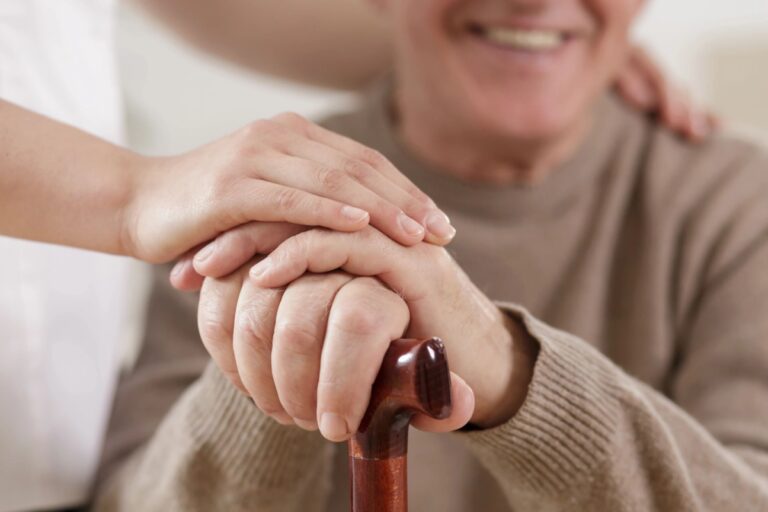Treatments and Remedies
Bilateral avascular necrosis (AVN) of the hips is a debilitating condition that can severely impact your quality of life. The loss of blood supply to both hip joints leads to the deterioration of bone tissue, causing pain, limited mobility, and potential joint collapse.
In my case, the condition was initially misdiagnosed as knee arthritis. Apparently this is not uncommon because when the hip bone dies, the nerves die with it. No nerves, no pain. Because of the dramatically increased pressure on the knee joints, that’s where I felt the increasing ache and discomfort.
It started small, but grew rapidly. When I started needing a cane, they took x-rays and found arthritis in both knees. I started doing regular physical therapy, but that didn’t help at all. After months and months of escalating and crippling pain, my general practitioner finally convinced the insurance company to authorize an MRI. The results were crystal clear: my hip bones were effectively dead.
By that point, hip replacement surgery was my only option since the diagnosis was so long in coming and the condition was so far advanced. If AVN is identified earlier, however, there are various remedies and treatments available to manage and alleviate the symptoms associated with the condition.
1. Medications:
Medications can be a crucial part of managing bilateral AVN. Nonsteroidal anti-inflammatory drugs (NSAIDs) are often prescribed to reduce pain and inflammation. My doctor had prescribed prescription strength Naproxen fairly early on. It was helpful initially, but eventually the pain was too much to be controlled by an NSAID. In some cases, your doctor may recommend bisphosphonates to slow down bone loss, but for me it was too late for that option by the time I got the diagnosis.
2. Core Decompression:
Core decompression is a surgical procedure that involves drilling into the affected area of the hip joint to relieve pressure and stimulate the growth of new blood vessels. This procedure can be effective in the early stages of AVN.
3. Osteotomy:
Osteotomy is another surgical option where the hip bone is reshaped to reduce stress on the damaged area. This can help delay the need for a total hip replacement.
4. Electrical Stimulation:
Electrical stimulation is a non-invasive treatment that uses electrical currents to promote bone healing. It can be used in combination with other treatments to enhance their effectiveness.
5. Stem Cell Therapy:
Stem cell therapy is an innovative approach that shows promise in treating AVN. Stem cells can be injected into the hip joint to promote tissue regeneration and repair. I was about two years early for this treatment option, which has only been perfected very recently. Many insurance companies still consider stem cell therapy to be “experimental” so you’ll want to be absolutely certain that you’re covered before having the procedure done.
6. Total Hip Replacement:
In severe cases of bilateral AVN where the hip joint is significantly damaged, a total hip replacement may be necessary. This surgical procedure involves replacing the damaged joint with an artificial one, providing pain relief and restoring mobility. By the time I got diagnosed, this was my only option.
7. Physical Therapy:
Physical therapy plays a critical role in managing AVN. A tailored exercise program can help improve hip joint function, strengthen surrounding muscles, and enhance mobility. Of course, if your condition is misdiagnosed as knee arthritis — as mine was initially — the physical therapy is unlikely to help. Forewarned is fore-armed, though. If physical therapy isn’t helping your diagnosed knee arthritis, you may have a different problem entirely.
8. Assistive Devices:
The use of assistive devices such as canes or crutches can help reduce the stress on the affected hips, making it easier to move around and perform daily activities. I used a cane for about six months before switching to a walker.
9. Lifestyle Modifications:
Certain lifestyle changes can also make a significant difference. Maintaining a healthy weight reduces the burden on your hip joints, and quitting smoking can improve blood circulation. I weigh 135 pounds soaking wet, so weight loss was never really an option for me.
10. Pain Management Techniques:
Chronic pain is a common symptom of AVN. Pain management techniques such as acupuncture, heat therapy, and relaxation exercises can be valuable in coping with discomfort. I didn’t try any of these but I’m sure they’re better options than just staying in bed for 20 hours a day like I did.
11. Dietary Supplements:
Some individuals with AVN benefit from dietary supplements like vitamin D and calcium to support bone health. Consult your healthcare provider before starting any new supplements.
12. Supportive Care:
Dealing with a chronic condition like bilateral AVN can be emotionally challenging. Supportive care, including counseling or joining a support group, can help you cope with the psychological aspects of the condition. I can’t recommend this enough, especially since I didn’t try any of it. Instead, I let chronic anxiety and clinical depression take over my life. Please learn from my mistakes and get help with your mental health when you need it. I wish I had.
Conclusion:
Bilateral avascular necrosis of the hips is a complex condition that demands a multifaceted approach to treatment. The combination of medical intervention, surgical procedures, physical therapy, and lifestyle changes can significantly improve the quality of life for those affected by this condition. While there’s no one-size-fits-all solution, with the guidance of healthcare professionals, individuals can find the remedies and treatments that best suit their needs. It’s essential to consult with your healthcare provider to determine the most suitable treatment plan tailored to your specific case.
I think the most important message I can convey in conclusion is that you can get through this painful, debilitating condition and return to a normal life. I was so depressed at times that I never really believed I would ever walk again. Once I had the double hip-replacement, though, the pain was completely gone and I was on the rapid road to complete recovery. Months later, here I am — pain-free and walking just as well as ever. Science and modern medicine are some of humanity’s greatest blessings, and I am living, walking proof of it.
By Steven Roberts





